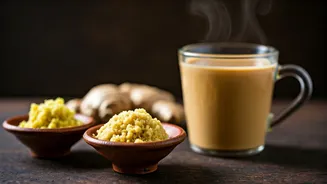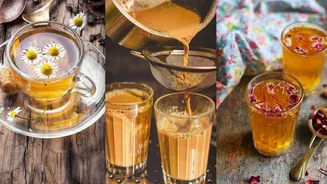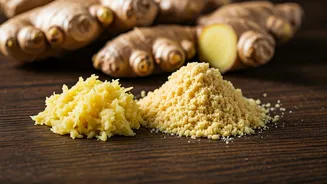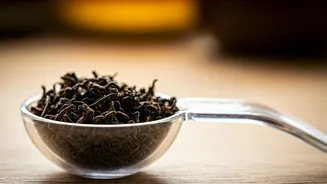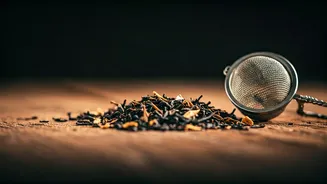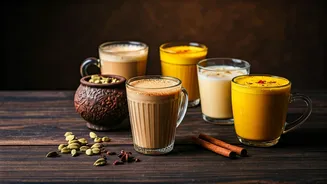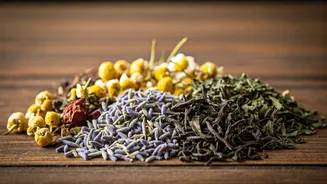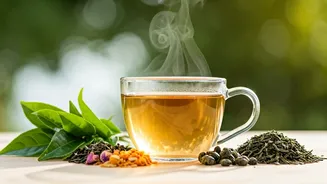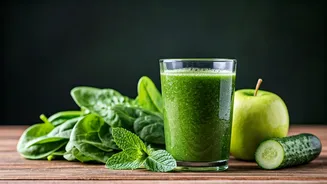Grated vs. Crushed Ginger
The method of ginger preparation significantly influences the final taste of your 'adrak wali chai.' When ginger is grated, it releases more of its aromatic
oils and juices. This results in a spicier, more intense flavor profile that can be described as bold and assertive. The finely grated ginger infuses quickly, giving the chai an immediate, powerful punch. On the other hand, crushing the ginger, often done using a mortar and pestle, offers a slightly different experience. Crushing breaks down the ginger's cell structure, releasing a more subtle, yet still impactful, flavor. The resulting chai has a smoother, more rounded taste. The choice between grating and crushing is about personal preference; some may like the immediate kick of grated ginger, while others may prefer the gentler essence of crushed ginger.
Maximizing Flavor Release
To maximize the flavor and essence of ginger, consider its interaction with heat. For grated ginger, adding it towards the beginning of the chai-making process allows it to fully infuse into the water and milk. The prolonged simmering helps extract maximum flavor compounds. For crushed ginger, gently mashing the ginger before adding can enhance flavor release. Whether you choose to grate or crush, you can elevate the flavor by lightly sautéing the ginger in a pan before adding other ingredients. This process releases more essential oils. The timing of the addition is crucial. Adding the ginger early allows flavors to infuse fully, while adding it later allows for a fresher, more vibrant taste, depending on preference.
Enhancing Chai Strength
The intensity of 'adrak wali chai' is also governed by the amount of ginger used. Start with a small quantity of ginger; about a teaspoon of grated or crushed ginger per cup is a good starting point. Adjust to your taste preferences. If you are inclined towards a stronger chai, consider using a larger quantity of ginger. Be careful to find the right balance, as too much ginger can make the chai overpowering. Experimenting is key! Add ginger to the water and milk mixture, and allow it to simmer for a few minutes. Taste your chai as you go, and adjust the amount of ginger and the simmering time until you reach the desired flavor and strength. Remember, the strength of your chai is dependent on the amount of ginger.
Perfecting the Brewing
Making a perfect cup of 'adrak wali chai' also involves the technique used during the brewing process. Using fresh, high-quality ingredients, including fresh ginger, is key. Use good-quality tea leaves, and opt for fresh, full-fat milk for a rich texture and taste. Simmering the chai for a longer time allows the flavors to meld together fully and enhances the richness. Add the ginger, tea leaves, milk, and water to a pan and allow it to simmer over medium heat. Keep a close eye on the chai, and stir it occasionally. Strain the chai into a cup and add sugar or jaggery to taste. The brewing process is not only about the ginger, but about all components working in harmony.
Beyond Grated & Crushed
Though the focus has been on grating or crushing, there are other methods to enhance 'adrak wali chai'. You can add other spices to your chai. Cardamom, cinnamon, cloves, and black peppercorns can add depth and complexity to your cup of tea. Another approach involves using ginger paste. Ginger paste is a convenient alternative to fresh ginger; it's easy to store. The flavor might not be as vibrant as freshly grated or crushed ginger, but it still delivers the warmth and spiciness of ginger. Experiment with adding other aromatics, like tulsi, to create a unique flavor profile. You can also vary the amount of chai patti used, as that affects flavor.
